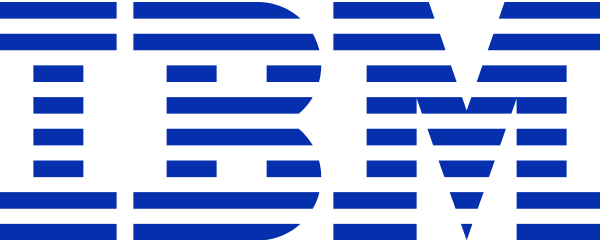Independent
Free Online Course
English
5-6 hours worth of material
selfpaced
Overview
In this course, you will learn concepts, strategies, and best practices for designing a cloud-based data warehousing solution using Amazon Redshift, the petabyte-scale data warehouse in AWS. We will demonstrate how to collect, store, and prepare data for the data warehouse by using other AWS services, such as Amazon DynamoDB, Amazon EMR, Amazon Kinesis Firehose, and Amazon Simple Storage Service (Amazon S3). We will also explore how to use business intelligence (BI) tools to perform analysis on your data.
Intended Audience
This course is intended for:
- Database architects
- Database administrators
- Database developers
- Data analysts
- Data scientists
Course Objectives
This course teaches you how to:
- Evaluate the relationship between Amazon Redshift and other Big Data systems
- Evaluate use cases for data warehousing workloads and review real-world implementation of AWS data and analytic services as part of a data warehousing solution
- Evaluate approaches and methodologies for designing data warehouses
- Design the data warehouse to make effective use of compression, data distribution, and sort methods
- Understand which security features are appropriate for Amazon Redshift, such as encryption, IAM permissions, and database permissions
- Launch an Amazon Redshift cluster and use the components, features, and functionality to implement a data warehouse in the cloud
- Use other AWS data and analytic services, such as Amazon DynamoDB, Amazon EMR, Amazon Kinesis Firehose, and Amazon S3, to contribute to the data warehousing solution
- Identify data sources and assess requirements that affect the data warehouse design
- Load and unload data and perform data maintenance tasks
- Write queries and evaluate query plans to optimize query performance
- Configure the database to allocate resources such as memory to query queues and define criteria to route certain types of queries to your configured query queues for improved processing
- Audit, monitor, and receive event notifications about activities in the data warehouse by using features and services such as Amazon Redshift database audit logging, Amazon CloudTrail, Amazon CloudWatch, and Amazon Simple Notification Service (Amazon SNS)
- Prepare for operational tasks such as resizing Amazon Redshift clusters and using snapshots to back up and restore clusters
- Use a BI application to perform data analysis and visualization tasks against your data
Prerequisites
We recommend that attendees of this course have the following prerequisites:
- Completion of the AWS Technical Essentials course or have equivalent experience
- Familiarity with relational databases and database design concepts
Syllabus
- Introduction to Data Warehousing
- Introduction to Amazon Redshift
- Launching Clusters
- Designing the Database Schema
- Identifying Data Sources
- Loading Data
- Writing Queries and Tuning for Performance
- Amazon Redshift Spectrum
- Maintaining Clusters
- Analyzing and Visualizing Data


